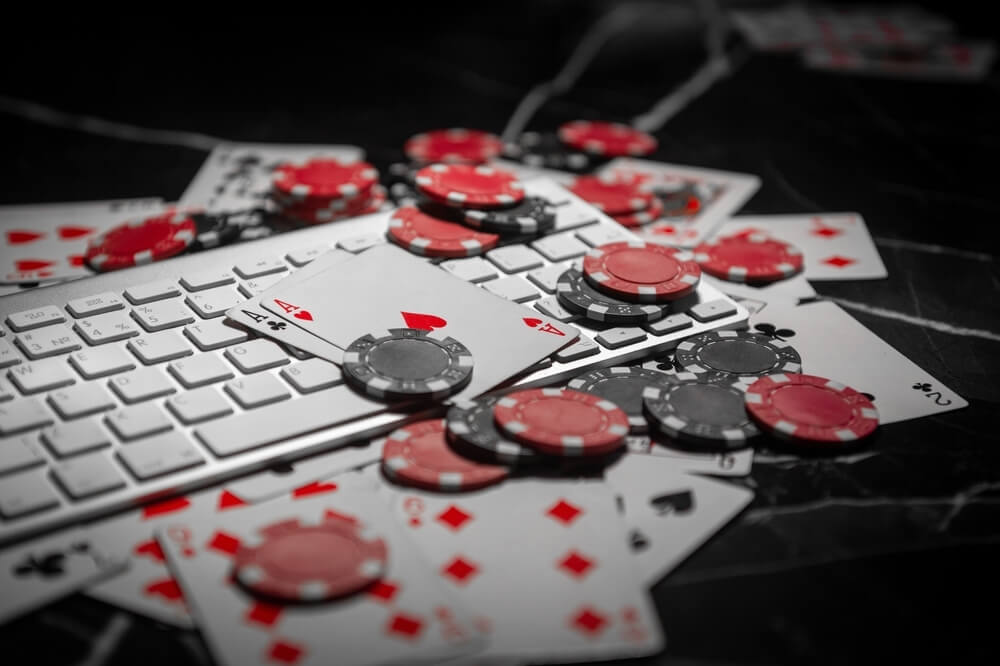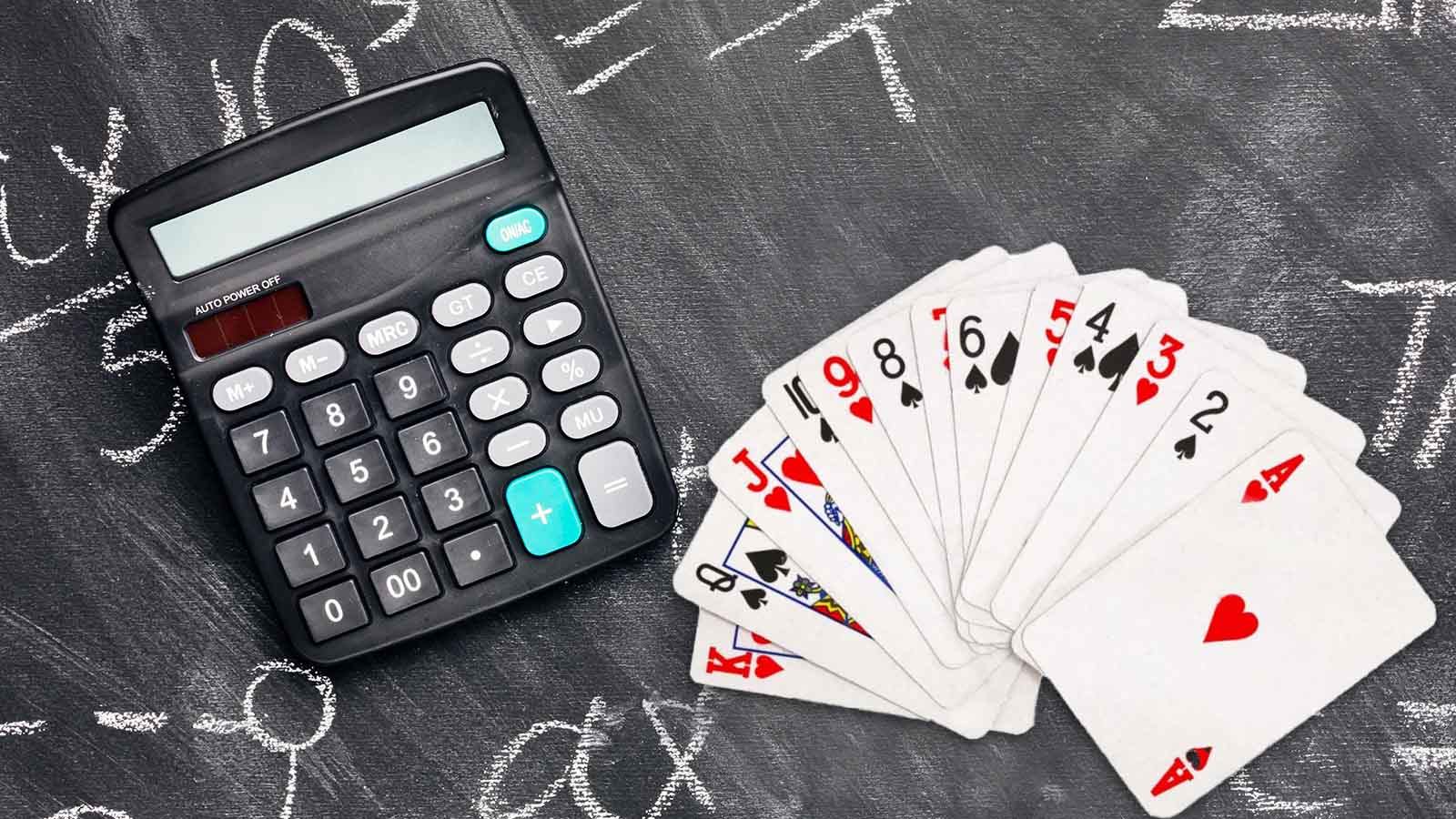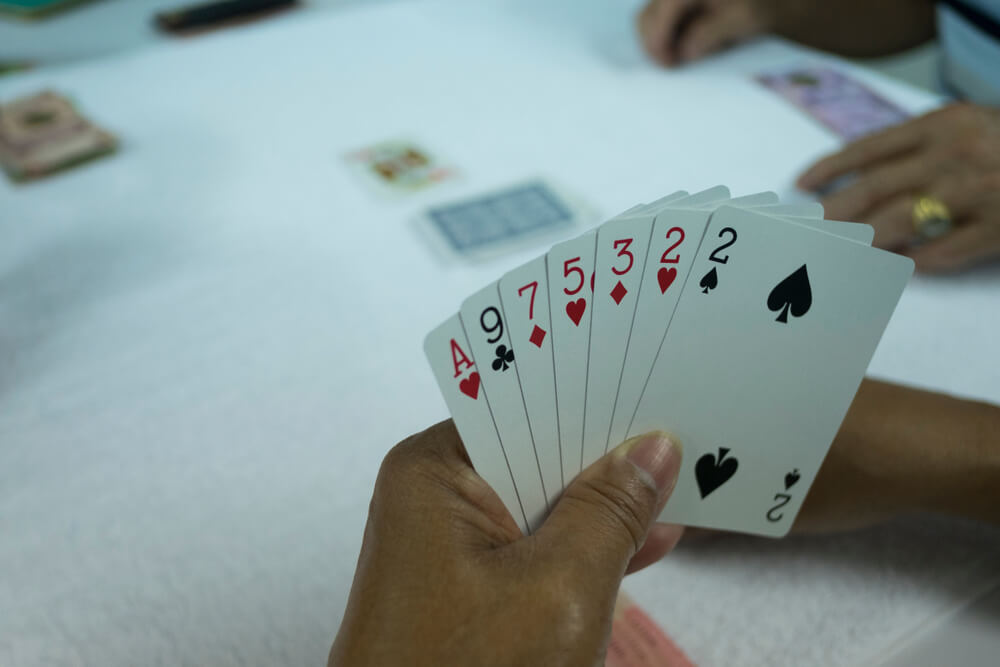The Definitive Guide to Mastering Pai Gow Strategy

Dive into our detailed Pai Gow guide, designed to empower you with all the essential knowledge for playing Pai Gow Poker confidently. From understanding the game's fundamental rules to mastering advanced strategies, this guide will equip you for success, whether you're playing online or at a physical casino.
- The Rich Historical Tapestry Behind Pai Gow
- Sam Torosian and the Birth of Pai Gow Poker
- How House Edge Works in Pai Gow Poker
- How to Play Pai Gow Poker
- Basic 5 Card Poker Hands
- A Detailed Walkthrough of Playing Pai Gow Poker
- Optimal Strategy for Every Possible Pai Gow Hand
- Bonus Bets
- Banking: Do it As Often as Possible
- Three Golden Rules for Success in Pai Gow
- Where to Play Pai Gow Poker Online
The Rich Historical Tapestry Behind Pai Gow

Pai Gow is a traditional Chinese game that has its roots back in the time of the Song Dynasty or earlier. This game is interconnected with other domino tile games and is the precursor to Western games that involve tiles. Its name is a direct translation to 'make nine.'
The game is played with a specially designed set of 32 tiles. Players receive four tiles and arrange them into a 'front' hand and a 'rear' hand, each consisting of two tiles. The objective is to surpass the dealer's hands with both of your hands. If one wins and the other loses, the result is a push, which is quite a frequent outcome.
A crucial rule states that the rear hand must have a greater value than the front hand. The highest combinations are achieved with pairs, followed by special formations termed 'Gong' and 'Wong.' Other hands are ranked based on the number of pips, similar to baccarat, with nine being the best and zero being the worst.
Sam Torosian and the Birth of Pai Gow Poker

Casino classics like blackjack and video poker come with fascinating backgrounds, and Pai Gow Poker is no different.
In 1985, Sam Torosian, owner of the Bell Card Club in Los Angeles, was introduced to a 13-card poker game called Pusoy by a Filipino guest. Realizing the slow pace wouldn't suit American casinos, he ingeniously created a version using seven cards and two hands. This adaptation, known as Pai Gow Poker, quickly caught on, making its way to Las Vegas and beyond.
Unfortunately, Torosian didn't secure a patent for his innovative game. Misguided by incorrect legal advice that card games couldn't be patented, he lost the opportunity to monetize it unlike creators of other games who benefit from licensing fees.
Every casino game involves a house edge, which represents the percentage of each bet the casino profits in the long run. This can also be articulated as a return to player or RTP, indicating what portion of each bet a player might expect to reclaim over time. By employing well-thought strategies, players can minimize the house advantage in games like blackjack and Pai Gow.
How House Edge Works in Pai Gow Poker

In Pai Gow Poker, the theoretical edge for the casino is about 2.51% when the dealer acts as the banker, assuming an ideal strategy. However, this precise strategy isn't easily achievable. Instead, the 'house way' strategy provides a house edge of around 2.72%. When placed as the banker, players can potentially reduce this edge to 0.04%, with 0.25% being anticipated when following the house's methods. By employing strategic play, it's possible to diminish the house edge in Pai Gow Poker by up to 2.8%. The goal of Pai Gow Poker is to triumph over the dealer in both hands. It combines the tile-setting aspect of classic Pai Gow with the ranking familiarity of Texas Hold'em or Caribbean Stud Poker.
A game of Pai Gow Poker utilizes a 53-card deck, consisting of the standard 52 cards plus one joker. This joker serves a wild purpose but is restricted to completing straights, flushes, or acting as an ace.
At the beginning of each round, players place a wager. Subsequently, they receive seven cards and choose how to divide them into a backhand of five cards and a front hand of two cards. The player's setup must ensure the backhand holds higher value than the front.
How to Play Pai Gow Poker

Following the player's setup, the dealer will reveal their own cards, arranging them according to a predetermined 'house way' method.
The comparison between the player's and the dealer's hands follows. Five-card hands adhere to standard poker rankings with two exceptions: five aces, which includes the joker, is the top hand; and certain tables regard A-2-3-4-5 as the second-best straight.
For the two-card hands, ranks are limited to a pair or high card. In a tie scenario on any hand, the dealer prevails.
Achieving victories in both hands against the dealer results in even money being won, minus a 5% commission. If one hand is won and the other is lost, a push occurs. A loss in both hands results in a lost bet.
Occasionally, players can assume the role of banker in diverse casinos or online environments. This role circulates around the table, allowing players to gather winning bets from others while disbursing wins, minus a 5% commission. Players are free to decline the opportunity to bank.
The hierarchy of poker hands familiar in games like Texas Hold’em or Seven Card Stud is utilized in Pai Gow. The superior hand wins when comparing five-card sets, while the only two-card hand ranks are one pair or high card.
Here's a quick rundown of potential hands, ranked from the most powerful to the weakest: A straight flush, a five-card flush, a full house, two pairs, and hands without noteworthy combinations.
Pai Gow Poker has a simple, logical flow, making it easy to understand. Here's an outline of a standard round: Begin by placing a bet within the table limits, after which cards are dealt to players and the dealer alike.
Basic 5 Card Poker Hands
Upon receiving cards, players strategize by arranging a five-card backhand and a two-card front hand, ensuring the backhand is stronger. After setting the hands, the dealer showcases their hand setup, usually following 'house way' rules. how to play poker For a player to triumph, both the front and back hands must surpass the dealer's. If the dealer's hands either tie or win any set, the outcome is a push. A complete defeat leads to losing the bet.
| Hand | Cards |
|---|---|
Royal Flush |
Wins in Pai Gow Poker are rewarded at even money, but typically include a 5% commission deducted by the casino. |
Straight Flush |
A key component of mastering Pai Gow is learning to organize your seven cards effectively. Approaching each hand wisely varies according to the cards dealt. The instructions that follow will guide you through different hand configurations. |
Four of a Kind |
Four cards of the same rank |
Full House |
For instance, place your next two highest cards in the front hand if they are among your best. |
Flush |
Any five cards of the same suit |
Straight |
Any five cards of consecutive ranks |
Three of a Kind |
Three cards of the same rank |
Two Pair |
If your upper pair includes aces, splitting the pair is advisable, situating the smaller pair in your front hand. |
One Pair |
Two cards of the same rank |
High Card |
Here, separate pairs unless they are low-level like deuces; keep them together in the high hand, but relocate your other highest cards to the front. |
A Detailed Walkthrough of Playing Pai Gow Poker
Whenever an ace is present, retain two pairs together in the high hand, aligning the ace and subsequent high card in the lower hand. In absence of an ace, split.
The bet
Common practice is to split such pairs, allocating the higher in the high hand.
Revealing of hands
For the highest pair, situate it in your low hand while leaving remaining pairs in the high hand.
Winning

Typically, triads are kept intact in the high hand, unless dealing with aces. In such event, position a pair of aces high, and use another ace and subsequent high card below.
Payouts
In various situations, it's suggested to divide a full house, positioning the three of a kind in the high hand and the pair lower. If there's another pair, maintain the full house higher, using the superior pair below.
Optimal Strategy for Every Possible Pai Gow Hand
Decoding Poker Hands: An Essential Guide to Elevating Your Poker Expertise
Hands with no pair, straight or flush
More often than not, retain straights or flushes in the high hand, ensuring the highest individual card remains in the lower. If two pairs accompany, revert to double-pair strategies.
Two pair
Where the highest pair is Aces
Preserve a four of a kind in the high hand whenever possible.
Where the highest pair is Kings
Consider splitting a four of a kind into pairs, except when an ace can be allocated to the front.
Two pair, Tens and below
For four of a kinds comprising Aces, Kings, Queens, or Jacks, dividing to create two pairs is recommended, unless another pair can be placed upfront.
Two pair, Jacks – Aces
Pai Gow Poker shines as a favorite in the casino scene these days. Let us help you elevate your Pai Gow gameplay with our specialized guide brimming with strategic insight.
Three pair
The Ultimate Guide to Mastering Pai Gow Strategy
Three of a kind
Our extensive guide to Pai Gow will equip you with all the knowledge required to play the game confidently. From walk-throughs of the game’s fundamentals to strategic insights backed by mathematics, we'll prepare you to excel at Pai Gow Poker, whether you’re playing online or in a casino setting.
Full house
Discovering the Deep-Seated Roots of Pai Gow
Straights and flushes

Your Guide to Navigating a Round of Pai Gow Poker One Step at a Time
Four of a kind
Four of a kind, sixes or lower
Optimizing Your Hands: The Best Strategy for Every Pai Gow Scenario
Four of a kind, 7s – 10s
Three Must-Remember Rules for Playing Pai Gow
Pai Gow is a game steeped in history, with origins in ancient China, notably before or during the Song Dynasty. This dominoes game not only has cultural significance but also laid the groundwork for many Western tile-based games. Its name translates directly to “make nine.”
In Pai Gow, players receive a set of 32 tiles and are dealt four tiles each. Their objective is to form two hands – a front and a rear hand – each consisting of two tiles. Winning demands that either the player or the dealer triumphs in both hands. Interestingly, when one hand from each player wins, the round ends in a push, which happens frequently in this game.
Five Aces
A crucial rule is ensuring the rear hand's value surpasses that of the front hand. The most potent hands typically involve pairs, with special combinations like 'Gong' and 'Wong' following next in rank. Other hands are evaluated based on the pips on the tiles, with only the last digit mattering. Like baccarat, a pip total of nine is the best, while zero is the lowest.
Bonus Bets
Much like the intriguing backstories of games like blackjack and video poker, Pai Gow Poker boasts its unique saga.
Banking: Do it As Often as Possible
The year was 1985, and in Los Angeles, a Filipino guest introduced Sam Torosian, the Bell Card Club owner, to a game called Pusoy. Similar to Chinese Poker, players had to arrange 13 cards into three hands to outdo their rivals.
Though Torosian initially found the game too intricate for American audiences, he innovated by crafting a streamlined version with seven cards and just two hands that novices could easily pick up. His invention, Pai Gow Poker, swiftly caught on, spreading from Las Vegas to casinos internationally.
Three Golden Rules for Success in Pai Gow

Every casino game, from blackjack to roulette, has what's known as the house edge, representing the casino's long-term profit margin. This is also often described as the return to player (RTP), indicating what portion of each wager players tend to win back over time. With strategic play, players can manage and reduce the house edge in games such as blackjack and Pai Gow.
In Pai Gow Poker, when the dealer assumes the role of the bank, the theoretical house edge lies at 2.51%, provided players employ optimal strategies, which can be quite intricate. On the other hand, following the more straightforward “house way” strategy results in a 2.72% house edge. For players taking on the banker role, the potential edges lie between just 0.04% to 0.25%.
Effective strategies are key to minimizing Pai Gow Poker’s house edge, potentially reducing it by as much as 2.8%.
Where to Play Pai Gow Poker Online
The objective in Pai Gow Poker is to outplay the dealer across two distinct hands. The game uniquely combines traditional Pai Gow hand-setting with familiar elements from other poker variations, like Texas Hold'em or Caribbean Stud Poker.
In Pai Gow Poker, the game utilizes a modified 53-card deck, including a joker. This joker serves a limited role; it can fulfill straights, flushes, or act as an ace.
one of our top online casinosEach hand of Pai Gow Poker begins with players placing a bet within the table limits. They then receive seven cards and must create both a five-card back hand and a two-card front hand. The sole requirement is that the back hand should outrank the front hand. Once players have organized their hands, the dealer then arranges their cards into two hands using the “house way,” decided by house rules.